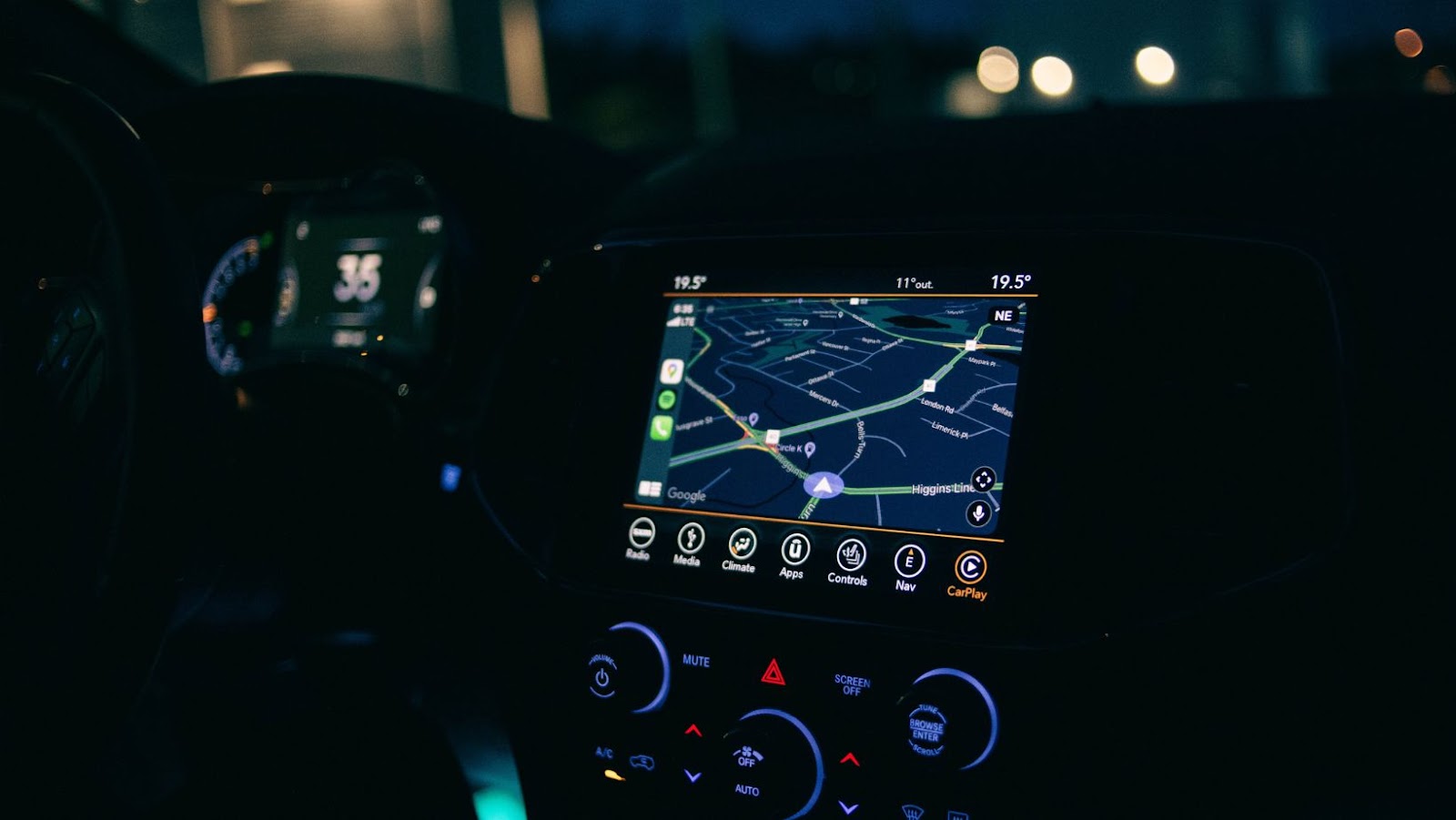To maximize the effect of advertising and vacation packages and ensure local areas are prepared to precisely meet the tourist’s needs, travel businesses can use big data and analytical tools to draw insights from our travels. This data targets customers throughout their entire stay and during their booking process.
The majority of businesses already use customer data and reap the benefits. These benefits include making more informed decisions, learning about customers and competitors, improving customer experience, and increasing revenue. In this article, you will uncover more about travel data collection and how it is informed and affects your travels.
Big Data Explained
First, it is imperative to establish what big data is. It is a phrase that refers to large data sets that are too substantial to be processed through more traditional processing methods. This data can originate from internal and external sources and is generally associated with customer views, habits, and behavior.

It can be applied to generate insights about customer preferences and behavior and identify new opportunities. These insights can be leveraged to inform business decisions and strategies. It can also improve customer experiences by providing personalized services and products to help us plan our vacations.
Due to the vast amounts of data businesses collect, big data has become a top priority for many. This is remarkably accurate in the travel industry. Although its uses are varied, tourism companies can particularly benefit from them because it allows predictive and behavioral analyses.
Of course, we can prevent travel sites from doing this with privacy solutions such as a proxy server or VPN. However, extensive data collection for tourism can benefit everyone, including tourists.
How is this Data Collected?
Collecting a large amount of data can be challenging, but analyzing it is even more complicated when making decisions. Massive information analytics should coordinate, sort out, and determine different types and arrangements of information gathered from numerous sources. Analytics platforms analyze the data, extract valuable insights, and identify significant trends by using several cutting-edge technologies.
Solutions for big data analytics are compatible with various cutting-edge technologies, such as natural language processing, machine learning, and artificial intelligence (AI). Companies in the travel and tourism sector rely heavily on the insights gleaned from these technologies to succeed, and companies that utilize these essential insights have a significant competitive advantage thanks to big data analytics.
Tailor-Based Travel Based on Data
Here are three ways the travel industry utilizes big data for a more digital and customized travel experience from ongoing information powered by our travels.
GPS
Surveys were the basis for the previous and current models of comprehending why and where locals and tourists go. This still provides the most comprehensive data on movements, distance, and travel for work or pleasure for many researchers and businesses. The problem is that surveys for this kind of data collection are done by landline, so half the population that no longer uses landlines isn’t included in these critical statistics for maximizing tourism.

Superior movement data that can assist tourism companies in directing their resources to the most popular tourist destinations can be collected by GPS data from our mobile phones and apps like Google Maps and social media sites. This is especially important for increasing big data on tourist destinations in remote areas where other data is unavailable, like from hotels and restaurants, and can help analysts comprehend and respond to new location peaks.
Social Media
Speaking of, tourism and taking pictures have always gone well together. Many photos are now shared on social media, often with geotags indicating the exact location. Analysts can use this information to identify tourist hotspots and determine how many people are interacting with them in relation to other locations. This can help travel agencies build package holiday offers and make recommendations to their customers based on budgets.
Payments
A vacationer’s track is dissipated like breadcrumbs through their path of payments in lodgings, cafés, shops, and attractions. Looking at occasional fluctuations in retail and hospitality turnover can assist with recognizing the amount of their benefit from vacationers, particularly in the most popular areas. This shows that tourists can have a tangible impact on what cafes or restaurants remain vacation favorites.
Although the world is becoming increasingly digital, many tourists will still choose to withdraw cash, significantly when changing currencies, which means that much of this data needs to be collected. This is a drawback of this kind of data analysis for the tourism industry. Nevertheless, businesses can still relate their total turnover to seasonal flows.
Conclusion
Travel data collection allows the tourism industry to offer customers more personalized experiences when planning, booking, and vacationing and our data collection can help improve our knowledge for the next trip we book. Once we understand how our data is collected and used, we can appreciate its power in informing how we spend our time while traveling.


 By
By 




